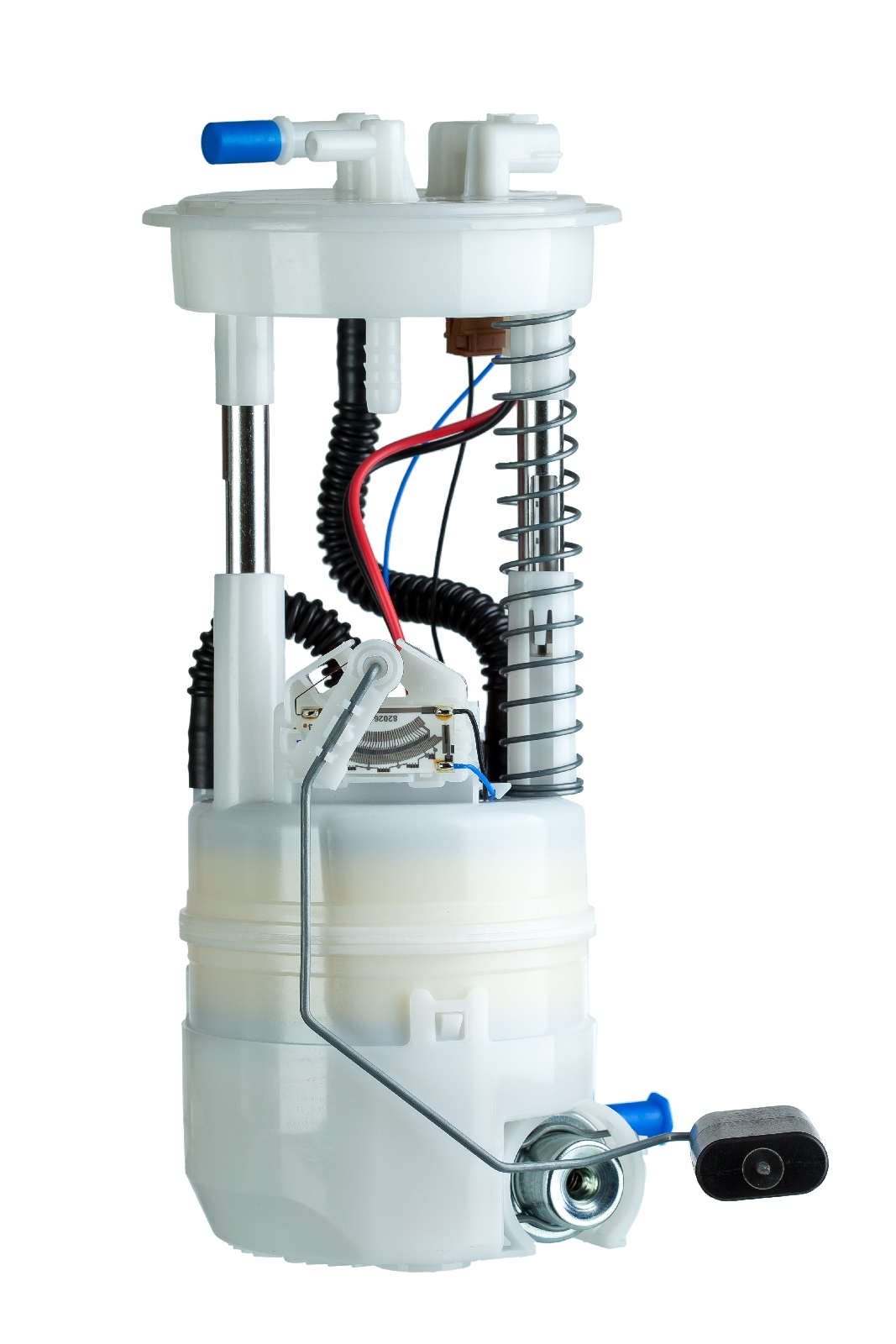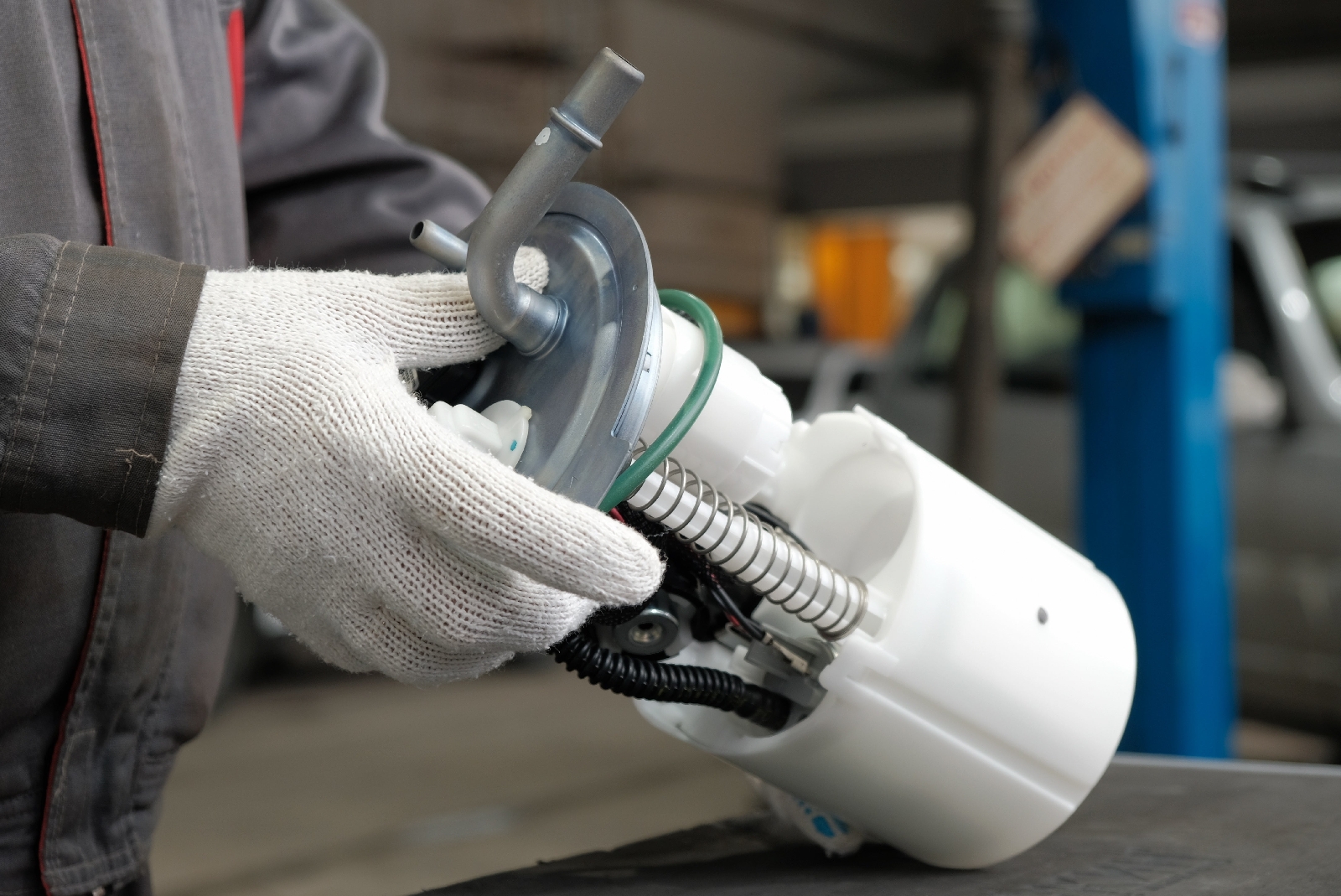Your car’s fuel pump is the unsung hero of your engine, silently delivering fuel from the tank to the engine with precision. But when it starts failing, it can lead to frustrating breakdowns, poor performance, and even safety hazards. Recognizing the early signs of fuel pump failure can save you from costly repairs and unexpected roadside emergencies.
In this blog post, we’ll cover:
- How a fuel pump works
- Common symptoms of a failing fuel pump
- Troubleshooting tips
- When to replace your fuel pump
How a Fuel Pump Works
The fuel pump is an electric or mechanical device that transfers fuel from the gas tank to the engine. In modern cars, it’s usually an electric pump submerged inside the fuel tank, where fuel helps cool and lubricate it. The pump maintains consistent fuel pressure, ensuring the engine gets the right amount of fuel for combustion .
When the pump weakens or fails, fuel delivery becomes inconsistent, leading to engine performance issues.
Early Signs of Fuel Pump Failure
1. Engine Surging or Sputtering
If your car accelerates suddenly without pressing the gas pedal or sputters at high speeds, the fuel pump may be delivering inconsistent fuel flow. This happens when the pump can’t maintain steady pressure, causing erratic engine behavior .
2. Difficulty Starting the Engine
A weak fuel pump may still deliver fuel but at low pressure, making it hard to start the car. If you notice extended cranking or multiple attempts before the engine fires up, the pump could be failing .
3. Loss of Power Under Load
Struggling to accelerate, especially when climbing hills or towing? A failing fuel pump can’t supply enough fuel under high demand, leading to sluggish performance or sudden power drops .
4. Whining Noise from the Fuel Tank
A faint hum from the fuel tank is normal, but a loud, high-pitched whine indicates a struggling pump. This noise worsens as the pump wears out due to overheating or internal damage .
5. Stalling or Random Shutoffs
If your car stalls unexpectedly, especially at low speeds or idle, the fuel pump may intermittently fail to deliver fuel. Restarting might work temporarily, but the problem will worsen over time .
6. Poor Fuel Efficiency
A malfunctioning pump can disrupt the air-fuel mixture, causing the engine to burn more fuel than necessary. If you’re filling up more often without a change in driving habits, check the fuel pump .
7. Check Engine Light
While this light can indicate many issues, combined with other symptoms (like poor acceleration or stalling), it may point to fuel pump or pressure problems .
Troubleshooting Tips
Before replacing the pump, rule out other issues:
- Listen for the pump: Turn the key to "ON" (without starting the engine). A healthy pump will hum for a few seconds. Silence means it may be dead .
- Check fuel pressure: Use a pressure gauge on the fuel rail. Low or fluctuating pressure suggests pump failure .
- Inspect the fuel filter: A clogged filter mimics pump failure symptoms. Replace it if dirty .
- Test electrical connections: Corroded or loose wiring can disrupt pump function .
When to Replace the Fuel Pump
Fuel pumps typically last 100,000+ miles, but poor maintenance (like frequently running on low fuel) can shorten their lifespan. If diagnostics confirm pump failure, replacement is necessary. Labor costs can be high since accessing the pump often requires dropping the fuel tank or removing rear seats .
Pro Tip: Avoid driving on near-empty tanks—fuel cools the pump, and low levels cause overheating and premature failure .
CONCLUSION
A failing fuel pump doesn’t always die suddenly—it gives warning signs. Pay attention to engine performance, strange noises, and starting issues. Early detection can prevent breakdowns and expensive repairs.
If you suspect fuel pump trouble, consult a mechanic for a proper diagnosis. Stay proactive, and your car will thank you with reliable performance!



Comments
Post a Comment
Wish to leave a message?